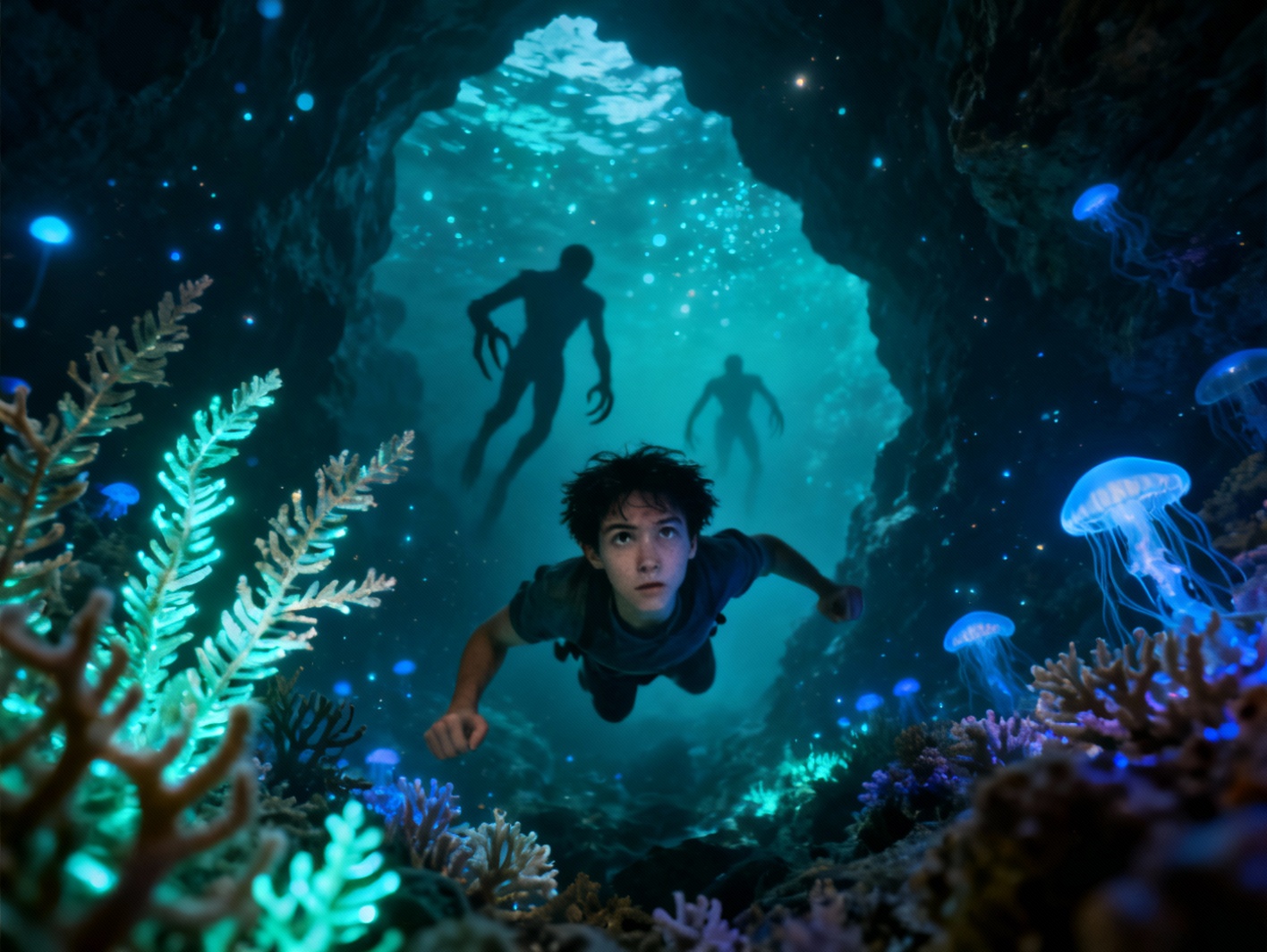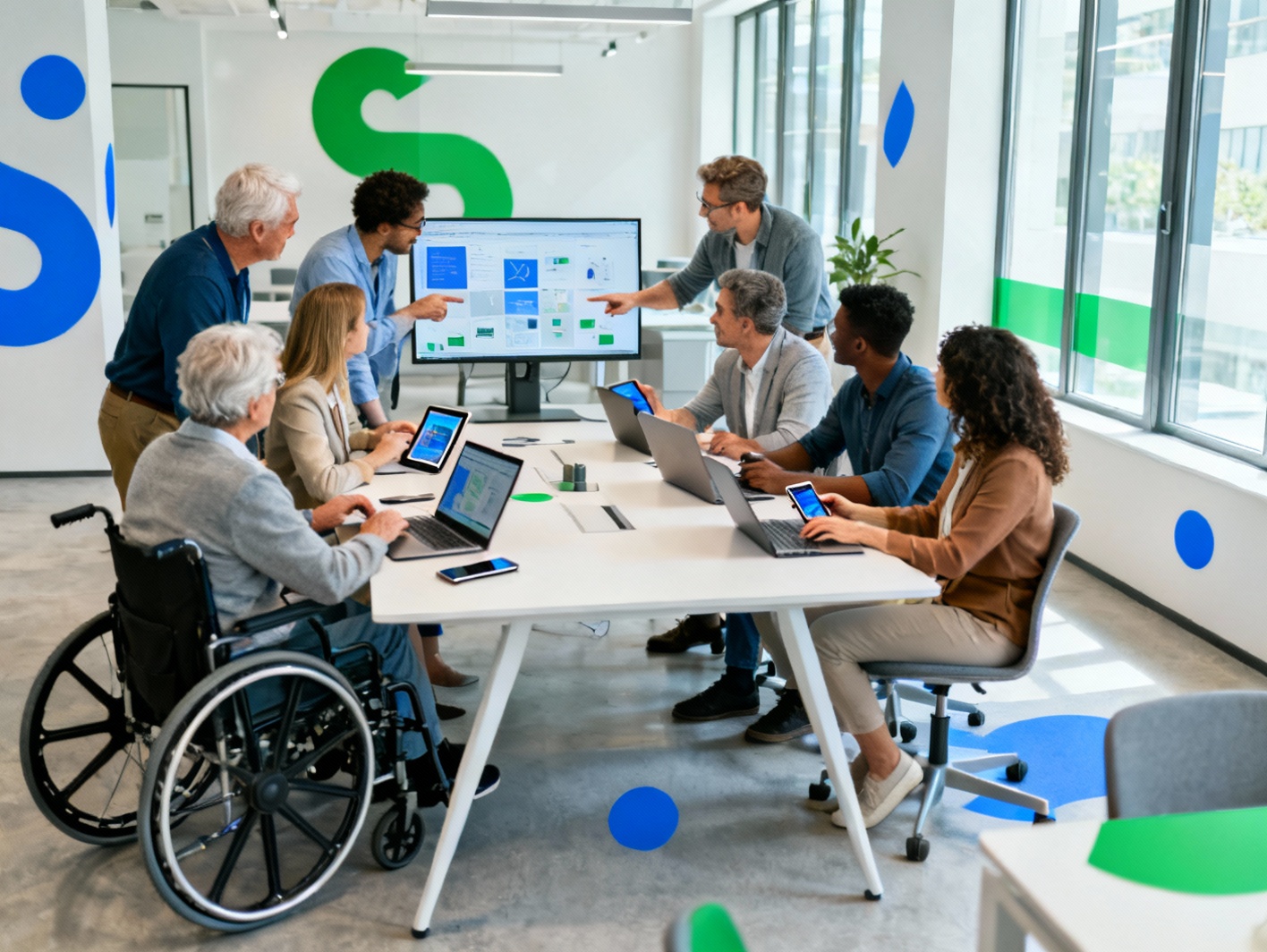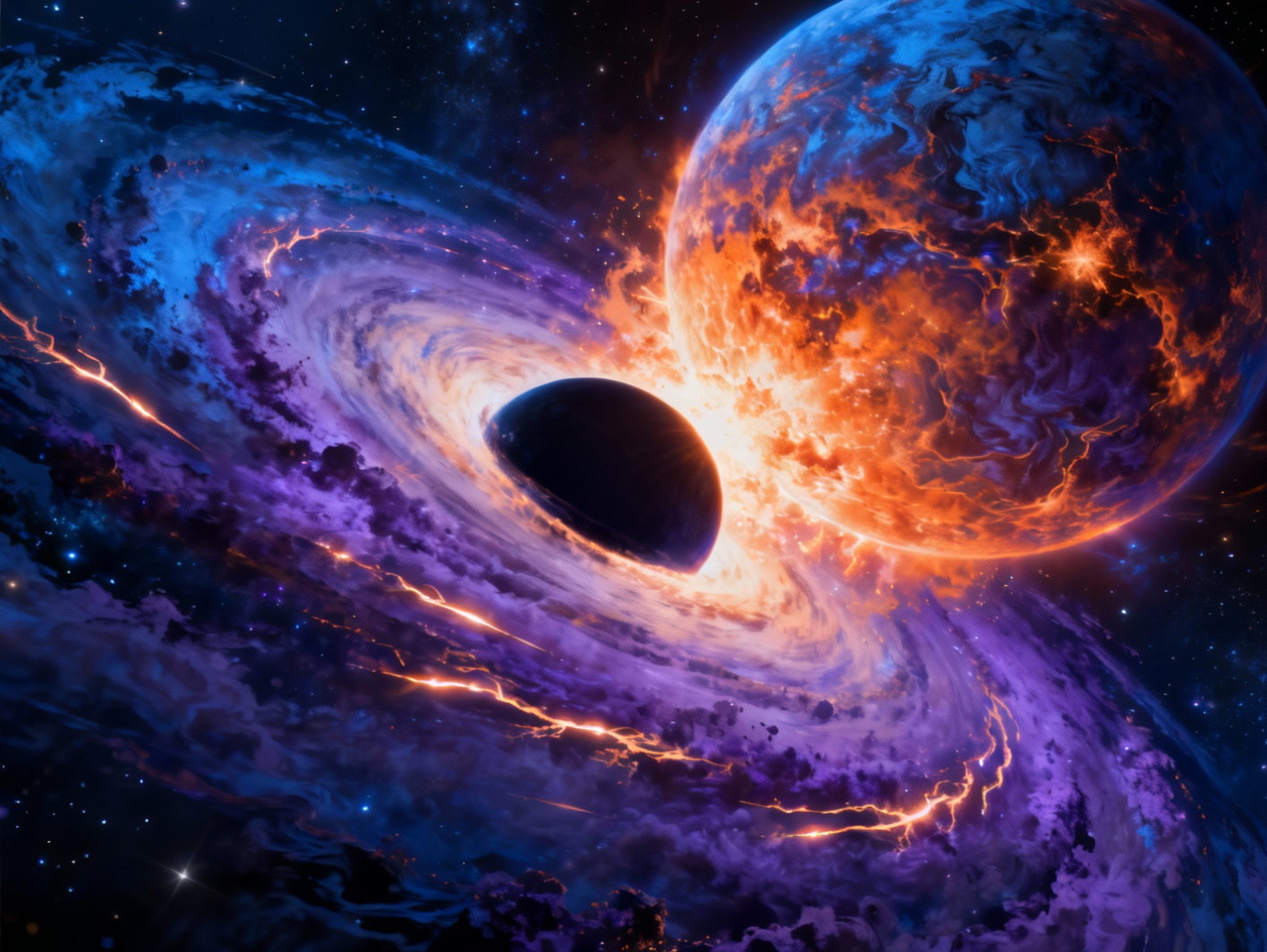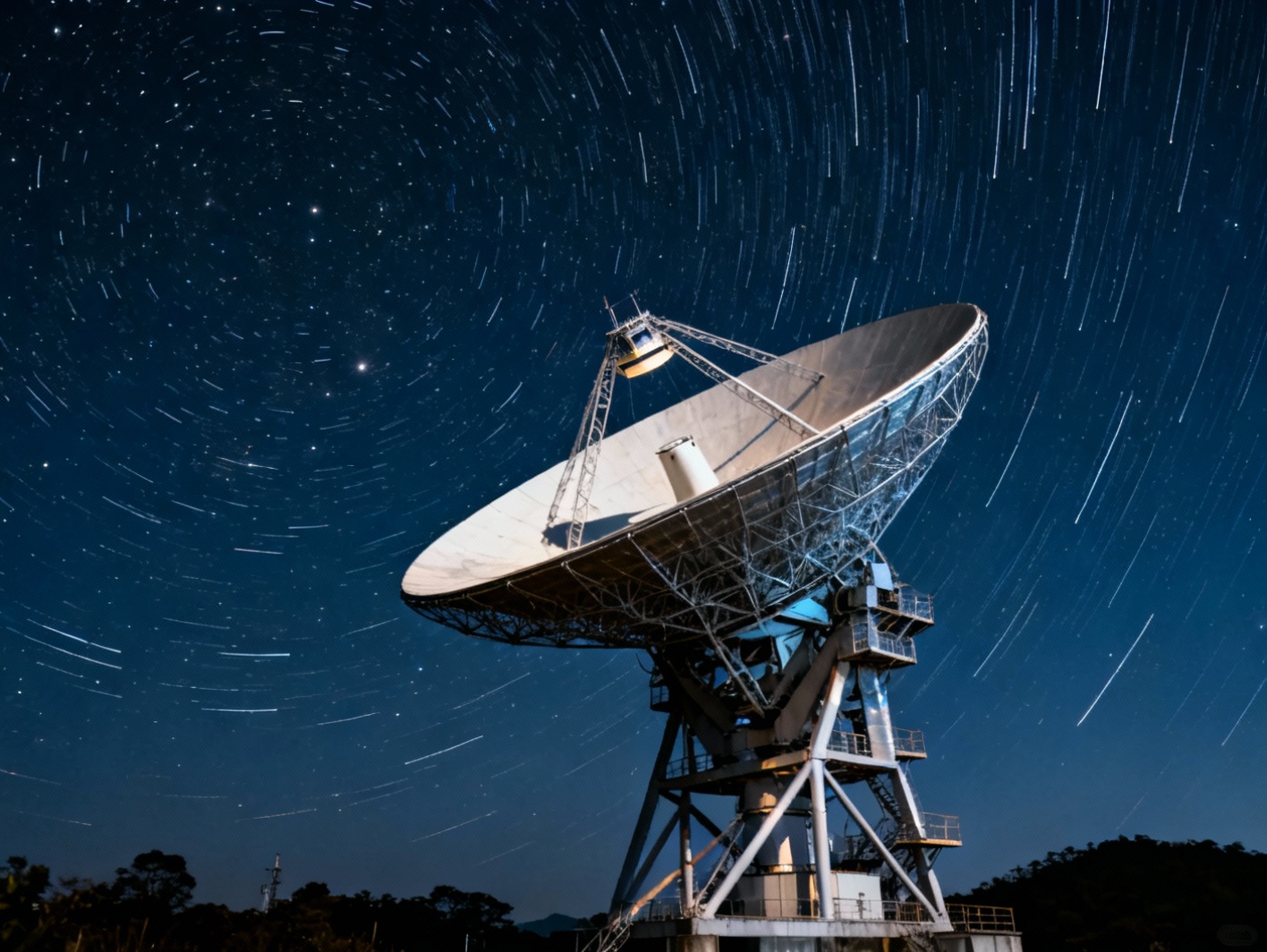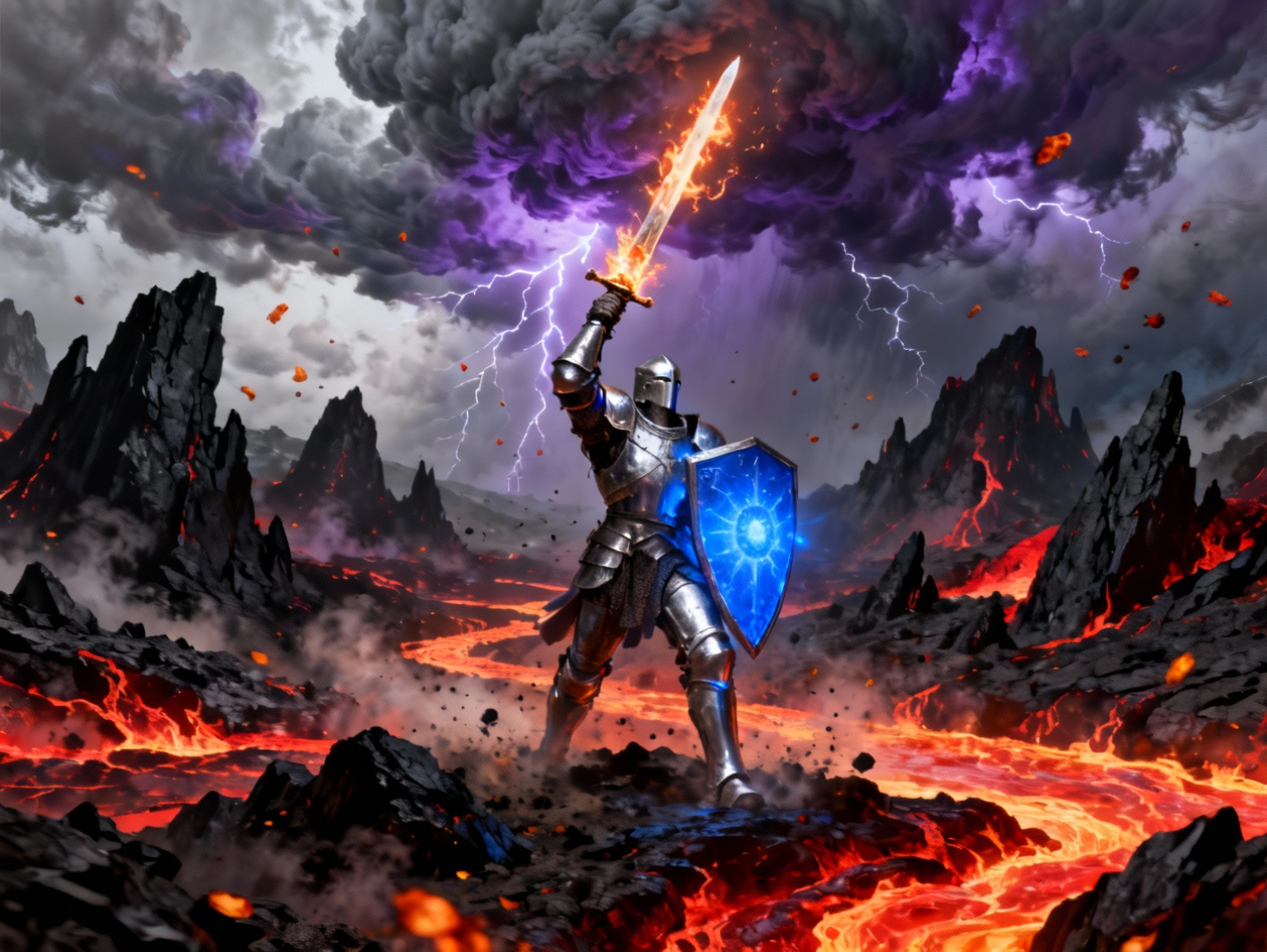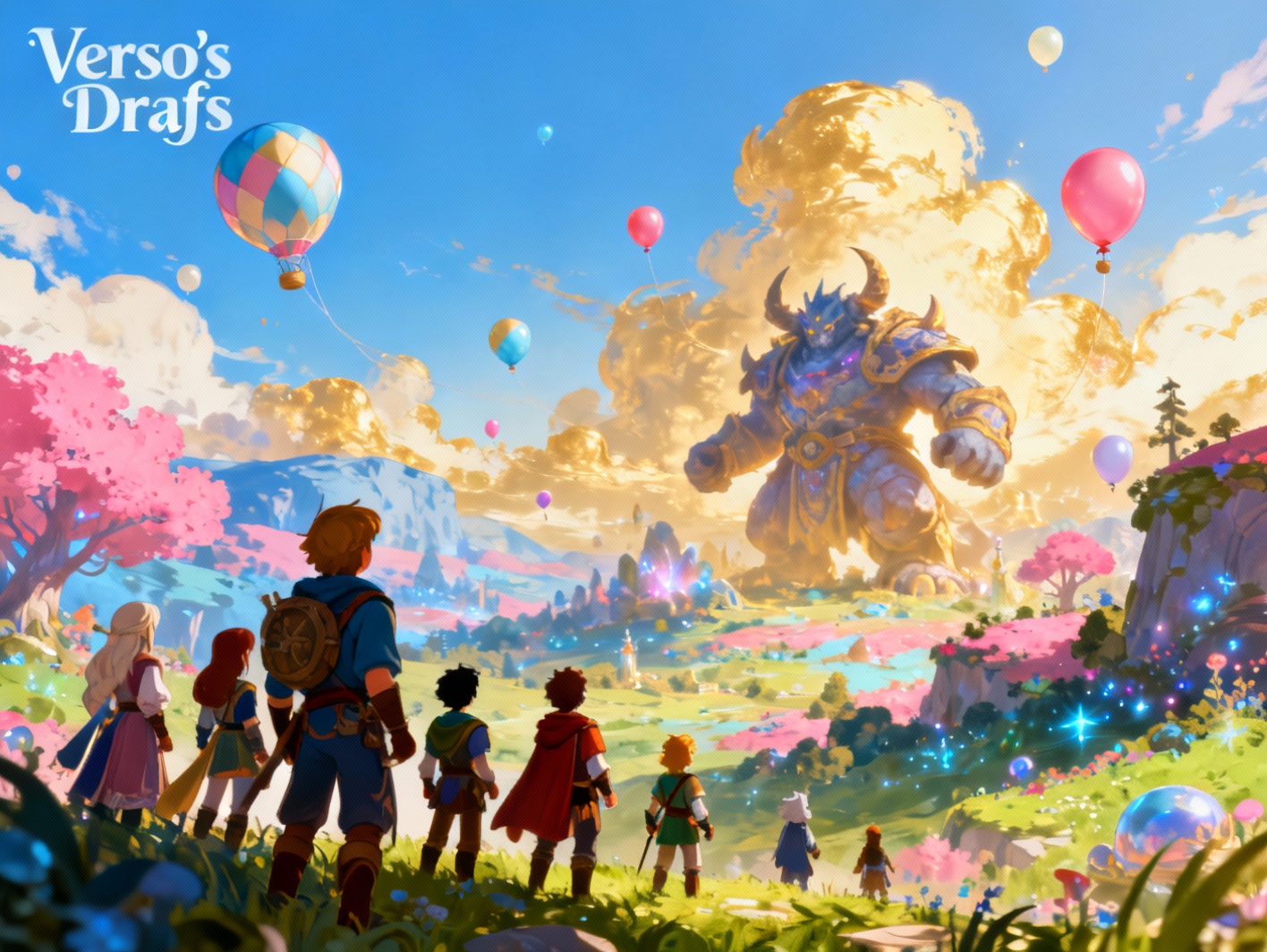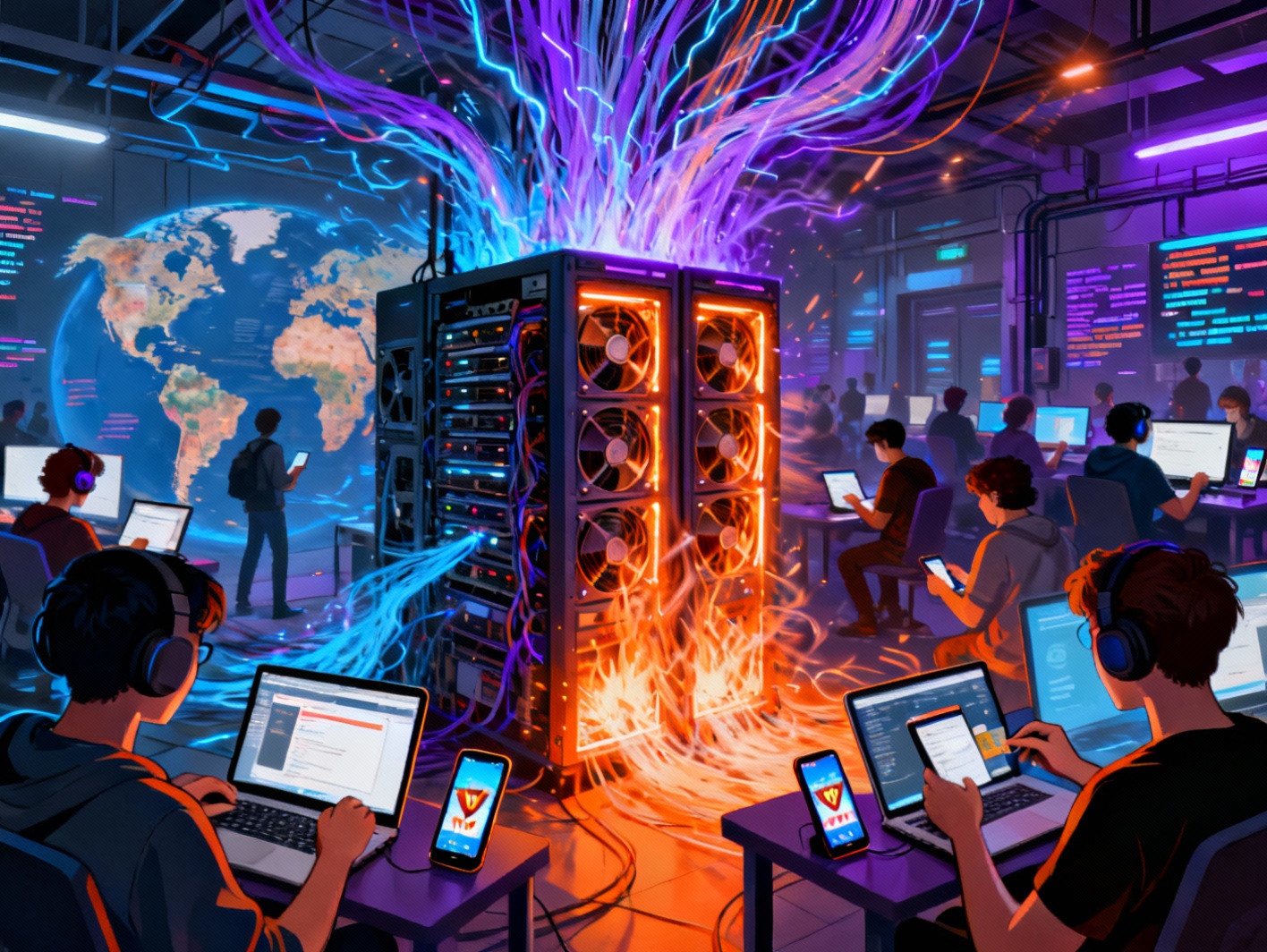Table of Contents
- Introduction
- Understanding ComfyUI: A Node-Based Interface for AI Creativity
- Integrating LoRA Models: Customizing AI Outputs with Low-Rank Adaptation
- Enhancing Image Quality with VAE: The Role of Variational Autoencoders
- Leveraging RAG Models: Incorporating Retrieval-Augmented Generation in ComfyUI
- Best Free Open-Source Tools: Exploring Stable Diffusion and ComfyUI for AI Image Generation
- Conclusions
In the evolving world of AI-generated imagery, the demand for flexibility, creativity, and control over the image creation process has never been higher. Among the growing ecosystem of tools, one stands out for its adaptability and transparency: ComfyUI. This open-source, node-based program is designed to allow users complete control over the AI pipeline, from choosing models to refining inputs and visual outputs. By leveraging modular components like LoRA, VAE, and RAG, ComfyUI empowers artists, researchers, and developers to construct customized image workflows. This guide explores how each of these advanced models integrates into ComfyUI, offering a step-by-step approach to unlocking their full potential for creative and technical enhancement.
Understanding ComfyUI: A Node-Based Interface for AI Creativity
ComfyUI is a powerful node-based interface tailored for AI image generation, offering users a way to craft and control complex workflows with visual precision. Originating from the effort to make diffusion-based models more accessible, ComfyUI is built on Python and supports interoperability with various Stable Diffusion models. Unlike scripted tools that require programming knowledge, ComfyUI provides a drag-and-drop visual layout where each node represents a task—such as loading a model, applying a prompt, or post-processing an image.
Each node connects to others via logical links, forming a pipeline that reflects the exact sequence of operations behind image generation. For example, one node might load a base model, another might process a textual input into conditioning data, and yet another could upscale the resulting image. This modularity not only makes ComfyUI intuitive but also extremely flexible for experimenting with different generation parameters without needing to rewrite code. Advanced users can even inject Python scripts directly into the workflow, enhancing automation or adding custom functions. With its open-source architecture, the community frequently contributes new nodes and updates, making it a constantly evolving platform. By visualizing each step of the process, users gain both learning opportunities and precise creative control that simplifies experimentation and iteration.
Integrating LoRA Models: Customizing AI Outputs with Low-Rank Adaptation
LoRA, or Low-Rank Adaptation, is a technique developed to fine-tune large models without retraining them from scratch. It works by inserting small adapter weights into the neural network layers, allowing the model to adopt new styles, themes, or character aesthetics with minimal computation. In ComfyUI, incorporating LoRA makes it easy to switch between stylistic adaptations or even layer them to create entirely new visual vocabularies.
To use LoRA in ComfyUI, start by adding the LoRA Loader node to your workflow. This node connects directly to the base model node and allows you to load one or more LoRA files. Once imported, you can control the influence of each model using a scaling factor. Connect the LoRA Loader to the Checkpoint Loader node that holds your base Stable Diffusion model. From here, ensure the Prompt Conditioning node includes guidance that works well with the style or subject matter of the LoRA model you’ve added. With just a few connections, you can apply anime styles, cinematic lighting, historical fashion, and more. Advanced users often stack LoRA models to blend multiple influences into a single image, creating hybrid styles. This technique enables consistent stylistic results across renders, essential for storytelling or branding-oriented projects.
Enhancing Image Quality with VAE: The Role of Variational Autoencoders
Variational Autoencoders, or VAEs, are essential components of diffusion models, tasked with encoding images into a latent space and decoding them back into high-resolution visuals. This back-and-forth translation allows for better compression of details and improved consistency in the generations. Within ComfyUI, VAEs not only enhance image quality but also stabilize output by ensuring higher fidelity in how prompts are interpreted and expressed visually.
To integrate a VAE into your ComfyUI workflow, you’ll begin by placing a VAE Loader node onto the workspace. This node selects a specific VAE model, either the default one bundled with your base model or a custom-trained VAE. Connect the VAE Loader directly to your Checkpoint Loader, ensuring it influences both the encoding and decoding stages. Most ComfyUI templates automatically route through the appropriate nodes, so minimal tweaking is usually necessary. However, when selecting different VAE models, it’s important to test outputs for hue balance, sharpness, and artifacting, as each VAE may carry its own strengths and weaknesses.
Applying the correct VAE can drastically improve fine details such as facial features, lighting gradients, or background depth. It also prevents color banding and other compression errors in high-resolution outputs. Users seeking photographic realism or consistent character design especially benefit from tuning this part of their workflow.
Leveraging RAG Models: Incorporating Retrieval-Augmented Generation in ComfyUI
Retrieval-Augmented Generation, or RAG, is an exciting technique that enhances generative AI by allowing access to external information sources during the creation process. While commonly used in NLP for generating text that requires real-world context, RAG can also be integrated into visual workflows like those in ComfyUI to inform image generation with external data—expanding understanding beyond static training data and offering richer, more meaningful outputs.
Integrating RAG into ComfyUI involves preparing a node that can retrieve information—such as a custom script or connection to a local database or API. This node contacts external resources based on user input or associated metadata in the prompt, pulling relevant information back into the image-generating process. For example, if generating historical figures based on a date or era, RAG-based nodes could fetch period-accurate clothing styles or background imagery, feeding this into the conditioning node to ensure the visual output aligns with reality.
While not yet a default feature in ComfyUI, developers can build such capabilities using Python scripting nodes and integrate with data sources like local JSON files or image-text datasets. This hybrid approach combines the flexibility of ComfyUI with the data responsiveness of RAG, allowing for personalized, educational, or context-conscious image generation, especially useful in domains like history, product design, or personalized media production.
Best Free Open-Source Tools: Exploring Stable Diffusion and ComfyUI for AI Image Generation
One of the greatest strengths in the AI image generation space lies within its open-source ecosystem. Tools like Stable Diffusion and ComfyUI not only offer professional-grade results but are also free and backed by constantly growing communities. Compared to proprietary platforms that often restrict freedom or require payment for access to advanced features, open-source tools encourage experimentation, customization, and sharing of new techniques.
Stable Diffusion, in its base form, provides state-of-the-art text-to-image capabilities and supports model extensions like LoRA and VAE. When paired with ComfyUI, users receive a sophisticated visual workflow manager that transforms command-line complexity into node-based simplicity. This makes it easy to visualize model logic, debug issues, and iterate quickly on creative ideas. For those unfamiliar with programming, ComfyUI provides an easy entry point, and for advanced users, it supports scripting, batching, and dynamic generation scenarios.
While other GUIs like AUTOMATIC1111 offer similar functionalities, ComfyUI’s modularity and transparency give it a unique edge in precise engineering of prompts and workflows. Choosing between these tools often boils down to personal workflow preferences, desired model support, and community plugin availability. For projects emphasizing visual storytelling, personalized art, or iterative development, ComfyUI coupled with open-source models is not only efficient but creatively liberating.
Conclusions
ComfyUI is more than just a user interface—it’s a full-fledged creative environment tailored for AI-driven artistry. By integrating LoRA for stylistic finesse, VAE for enhanced realism, and RAG for context-informed generation, artists and developers unlock more control, depth, and precision in their work. The open-source nature of these tools ensures continual evolution, accessibility, and community support. With the guidance provided in this article, users are empowered to build workflows that not only generate stunning visuals but also push the boundaries of what AI can achieve visually. The combination of modular design and powerful AI models makes ComfyUI an essential platform for anyone serious about AI image generation.
